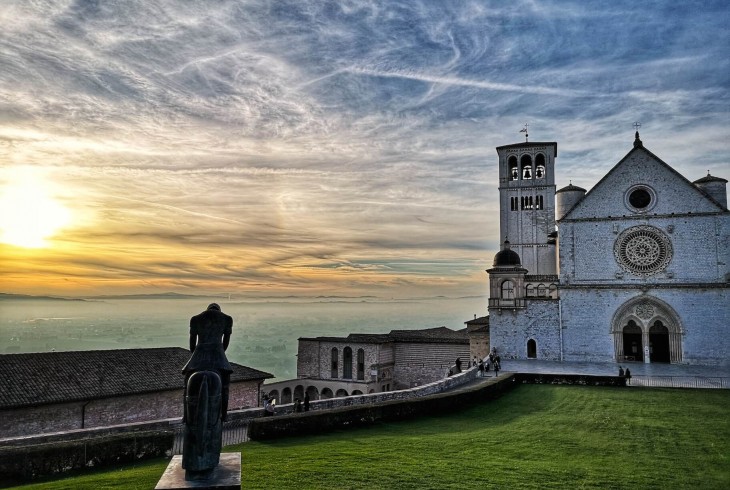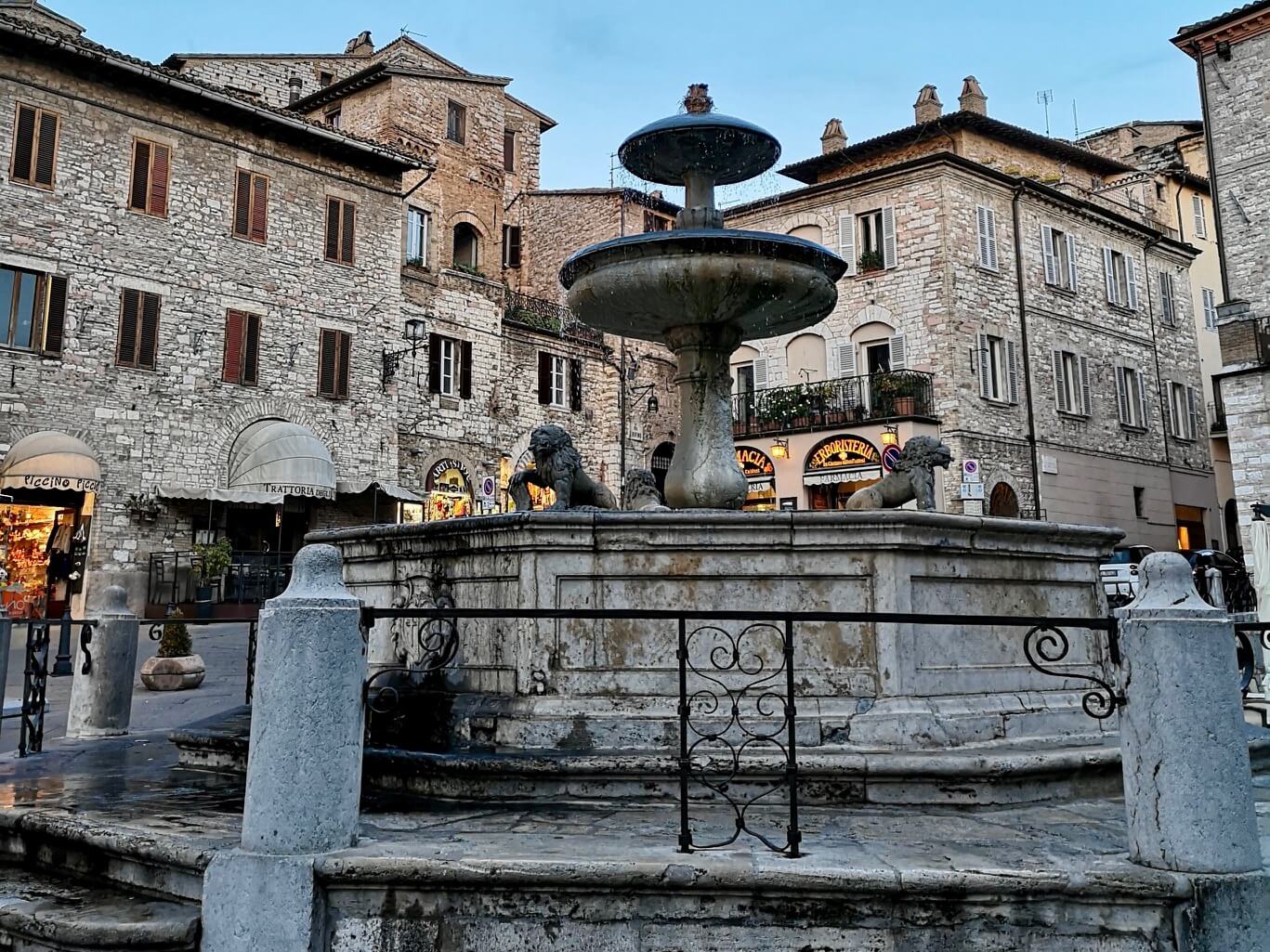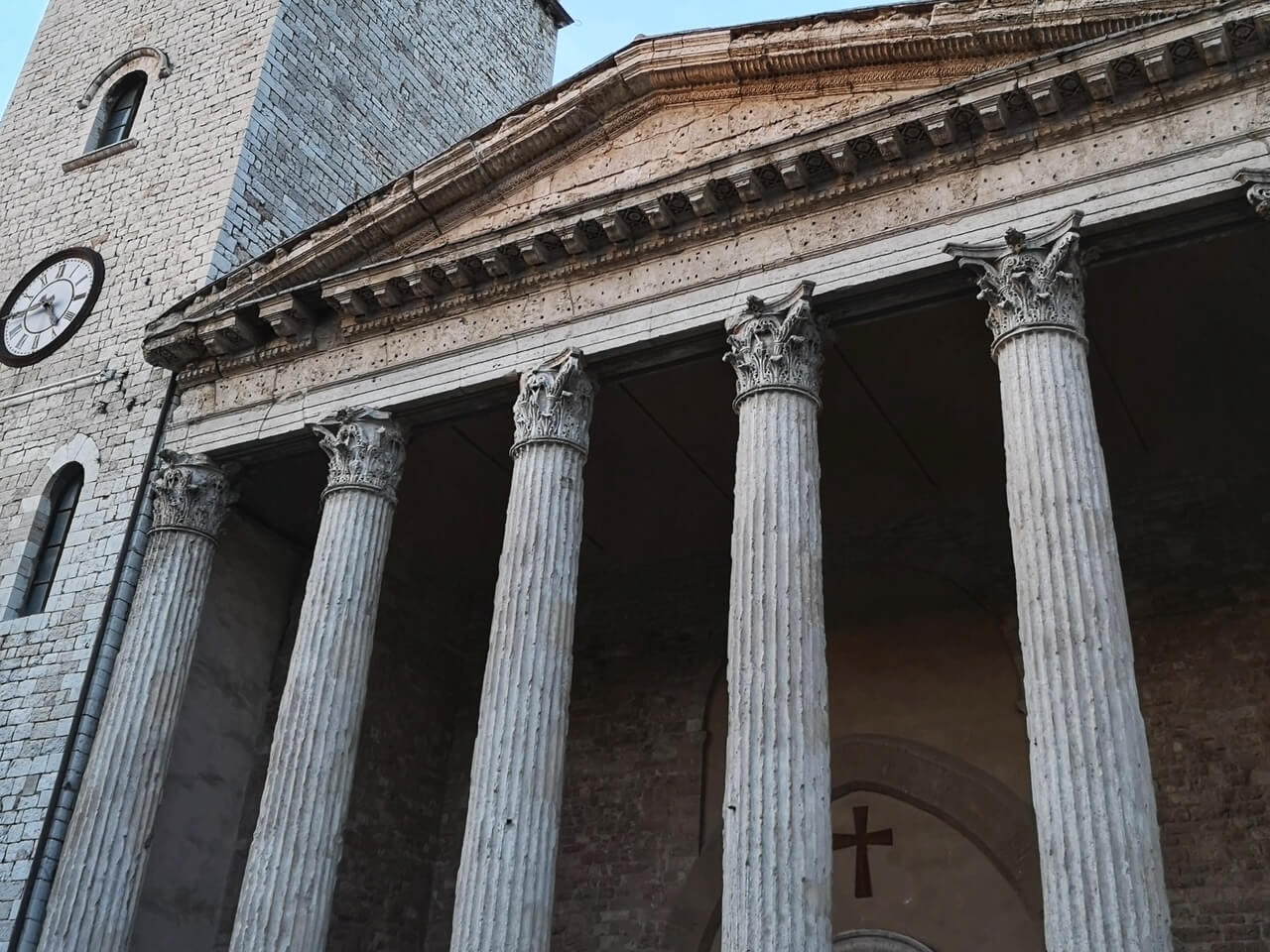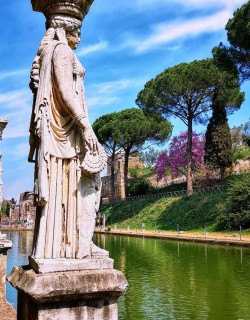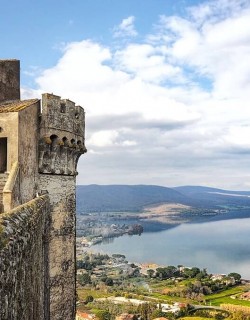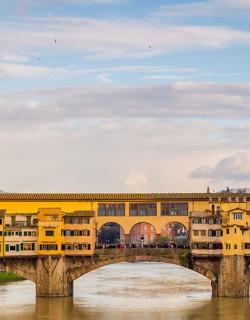Perched on the slopes of Mount Subasio gazing out over the spectacular Umbrian landscape, Assisi is one of Italy’s most enchanting hill towns. Best known as the birthplace of Saint Francis, whose message of humility and peace reshaped the medieval world, Assisi remains a place where art, history, and spirituality meet in almost perfect harmony. From the frescoed splendours of the Basilica of Saint Francis to the Roman remains beneath its streets, from medieval fortresses to soaring Renaissance basilicas, the town tells a story that spans millennia.
Easily reached from Florence or Rome by train, Assisi makes for one of central Italy’s most inspiring day trips. Discover why you need to visit Assisi and what to see when you arrive with our guide!
The Basilica of San Francesco
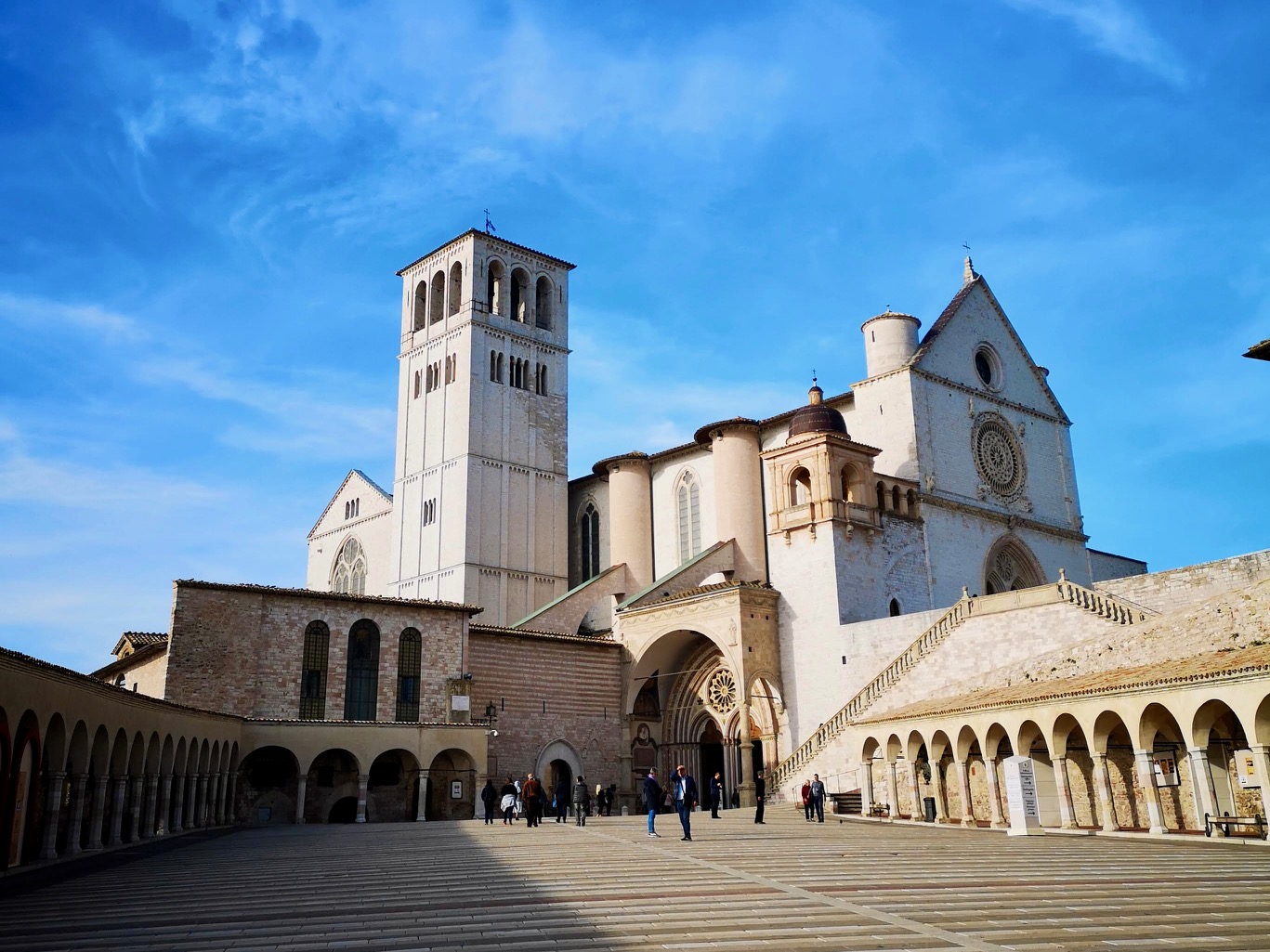
Located on the western slope of Assisi, the Basilica of San Francesco is both the town’s focal point and one of the great monuments of medieval Europe. Begun in 1228, just two years after Francis’s death, it was built to house his tomb and proclaim his new order’s ideals to the world. The complex consists of two superimposed churches - the solemn and atmospheric Lower Basilica and the light-filled Upper Basilica - together forming a vision of heaven and earth.
The basilica embodies a striking paradox. Francis had renounced wealth and splendour, preaching the beauty of simplicity, but the order that grew in his name quickly became powerful and influential. Rising above the Umbrian plain, the monumental architecture seems at odds with his poverty - but it also gave lasting form to his movement and message.
The Lower Basilica
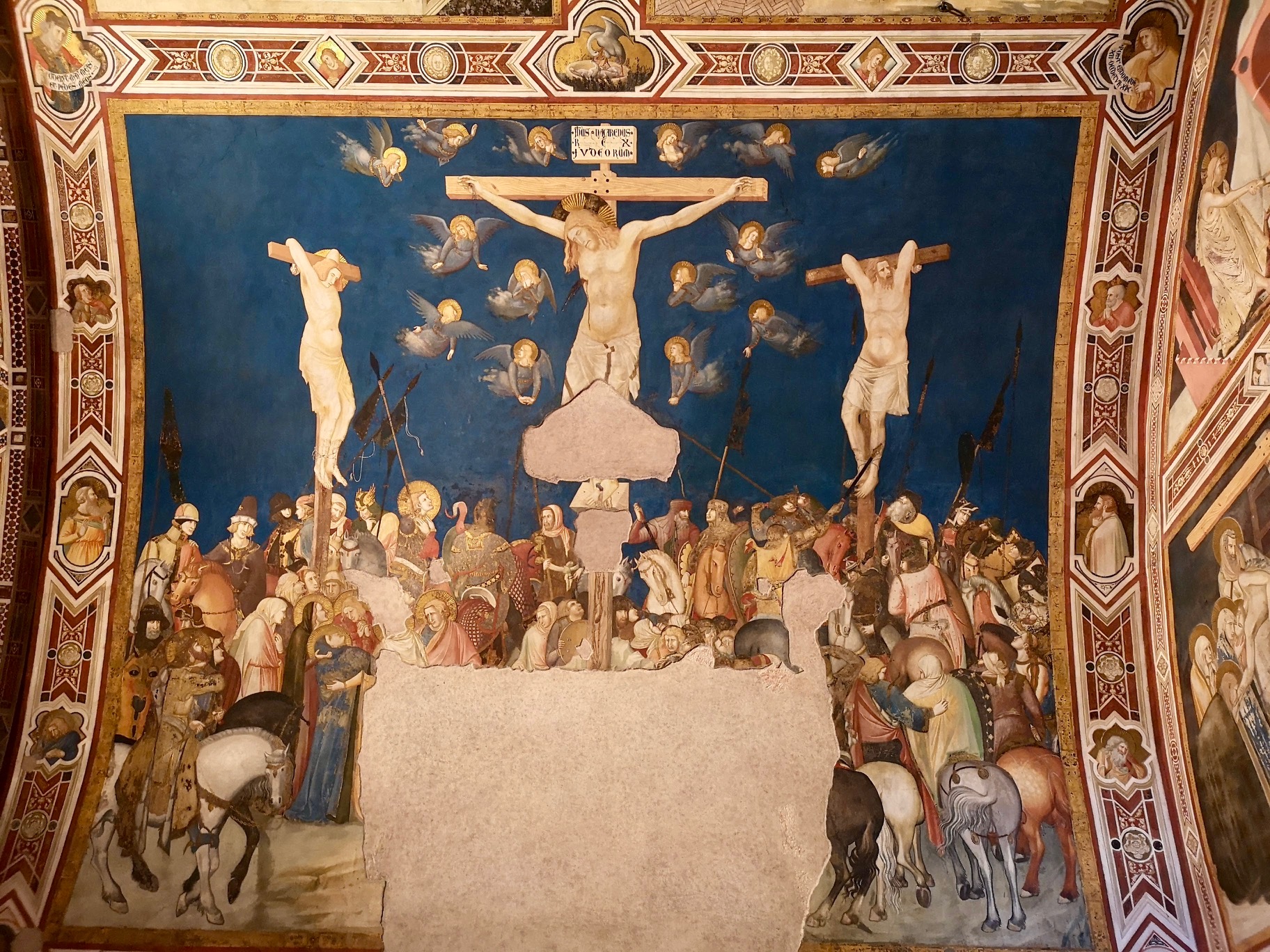
The Lower Basilica, built soon after Francis’s canonisation, seems to preserve the atmosphere of early Franciscan spirituality, grounded in humility and contemplation. Its low vaults and flickering lamps create an intimate space, while its many chapels are enriched with frescoes by some of the greatest masters of medieval Italian painting including Cimabue and the Lorenzetti brothers, their jewel tones shimmering in the half-light. Finally, descend into the crypt below and you’ll come across the simple stone tomb of Francis himself.
The Upper Basilica
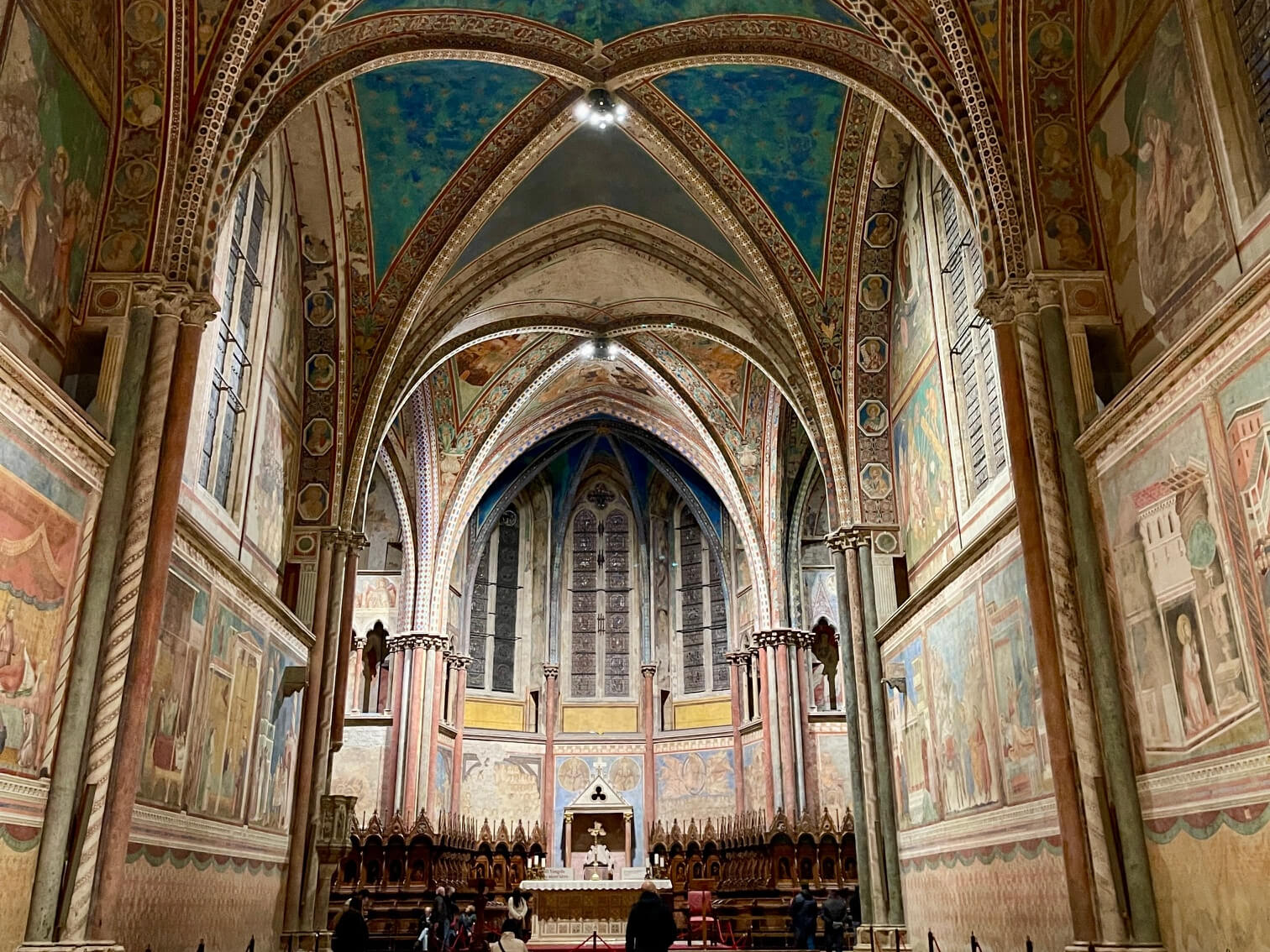
From the quiet of the Lower Church, you ascend into light. The Upper Basilica feels almost airborne, its tall nave and radiant frescoes revealing the Franciscan story as a vision of hope. Along the walls unfolds the famous cycle traditionally attributed to Giotto, where the life of Saint Francis is told with unprecedented naturalism and human warmth. Figures move with purpose and emotion, while gestures and glances bring the narratives vibrantly to life.
These frescoes mark a turning point in European art - the dawn of the Renaissance spirit emerging from medieval faith. Above, the deep blue vaults and coloured glass bathe the space in celestial light. Standing here, you sense the synthesis that defines Assisi: the humility of Francis transfigured into beauty, his message of simplicity made enduring through art.
Santa Chiara
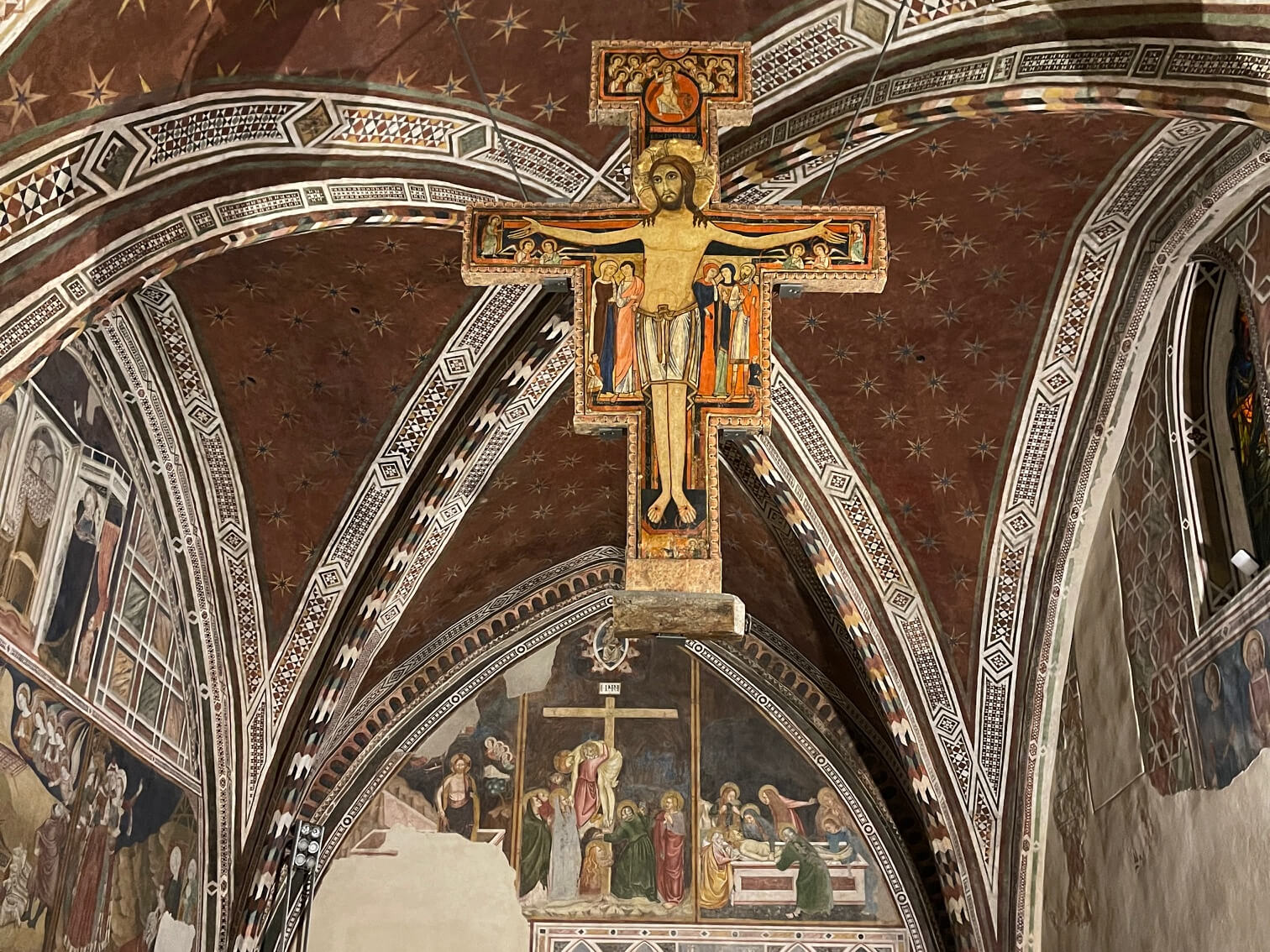
The pink-and-white stripes of the Basilica of Santa Chiara catch the sunlight at the edge of Assisi’s medieval core. Inside lies Clare of Assisi, Francis’s first and most devoted follower, who gave up her noble birth to live in poverty and prayer. Their friendship was one of shared vision rather than hierarchy, a dialogue of equals bound by faith. Inspired by Francis’s preaching, Clare fled her family home to join him at the ramshackle chapel of the Portiuncula outside Assisi, where he cut her hair and dedicated her to God. From that moment, their paths ran parallel: he among the towns and roads of Italy and beyond, she in the cloister, each embodying the same radical simplicity in a different form.
Built soon after Clare’s death in 1253, the Basilica itself was constructed over the earlier Church of San Giorgio - where Saint Francis was first buried - and quickly became a focal point for the new community of Poor Clares. Inside, the sober interior features frescoes recounting the saint’s life and miracles. The crypt below, meanwhile, preserves Clare’s relics, rediscovered in the 19th century after centuries of concealment. The church’s most important treasure is the original San Damiano Crucifix, moved here from the church of the same name (see below).
San Damiano
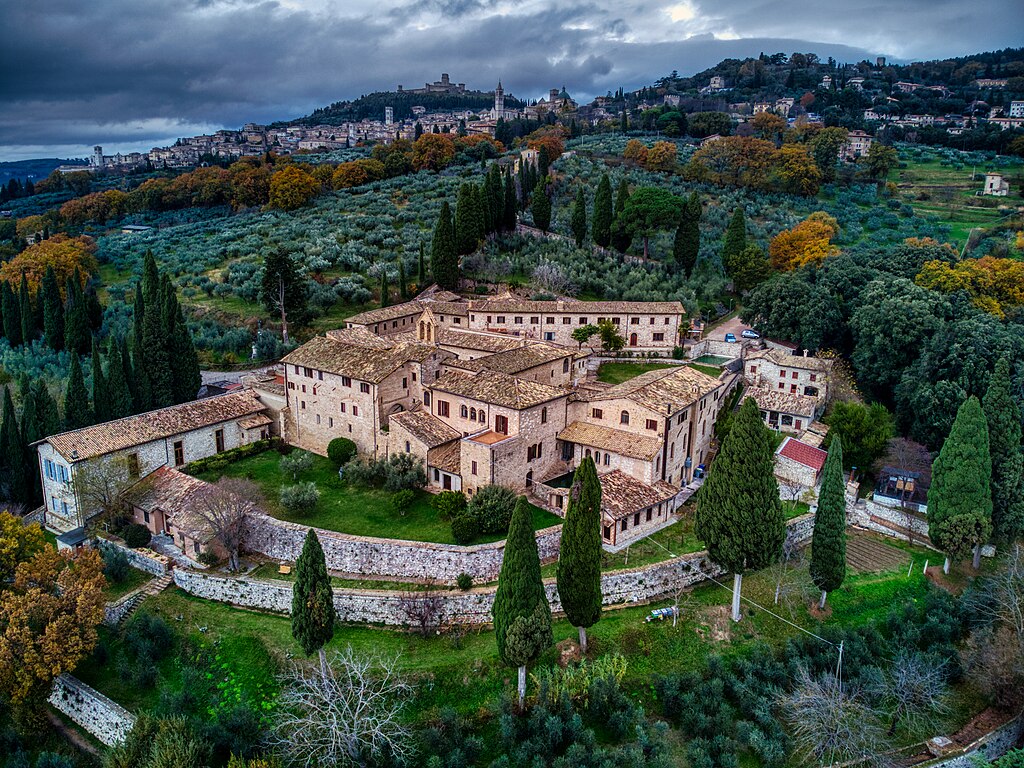 Photo by Hagai Agmon-Snir, CC BY-SA 4.0, via Wikimedia Commons
Photo by Hagai Agmon-Snir, CC BY-SA 4.0, via Wikimedia Commons
On the slopes below Assisi, surrounded by olive trees, stands the lovely but humble church of San Damiano - a place of beginnings for both Francis and Clare. It was here, praying before a painted crucifix, that Francis heard Christ’s voice call him to “rebuild my church,” a command he first took literally, repairing this crumbling chapel stone by stone. The experience transformed him, setting him on the path of radical poverty that would reshape Christianity. Years later, Clare and her sisters made San Damiano their home, filling its silence with prayer and song. The small, whitewashed interior remains almost unchanged: bare walls, wooden beams, and a serenity that feels timeless.
Santa Maria degli Angeli and the Porziuncola
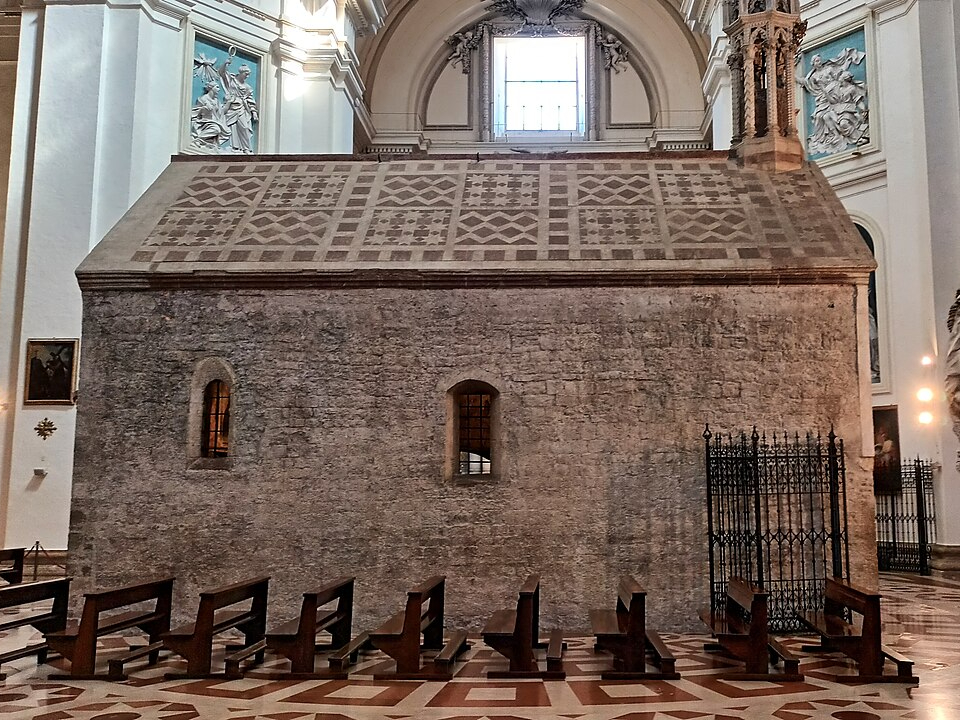 Photo by Fczarnowski, CC BY-SA 4.0, via wikimedia
Photo by Fczarnowski, CC BY-SA 4.0, via wikimedia
In the plain below Assisi rises the vast dome of Santa Maria degli Angeli, built under the auspices of Pope Pius V to protect one of the most sacred Franciscan sites: the Portiuncula. This tiny chapel, once hidden in the woods, was where Francis gathered his first followers and founded his order. Francis lovingly restored the tumbledown chapel, later adorned with a superb medieval altarpiece by Father Ilario da Viterbo. Here the poverello and his followers prayed, preached and philosophized, developing the Franciscan message of peace and humility that soon spread across the world.
Nearby lies the Chapel of the Transito, marking the place of Francis’s death, as well as the rose garden said to have miraculously bloomed after Francis flung himself into its spiky embrace in a bid to escape from the temptations of the world.
Piazza del Comune
At the centre of Assisi, the Piazza del Comune has been the town’s meeting place since Roman times. Its layout still follows the ancient forum, where public life first took shape two thousand years ago. Today the square is framed by medieval palaces and the elegant arcades of civic buildings, while cafés and shops fill the spaces once used for markets and assemblies. The Temple of Minerva dominates one side, its Corinthian columns a reminder of Assisi’s classical past and of how sacred and civic life have always intertwined here. The square’s layered architecture tells the story of a community in constant evolution. Draw up a chair here during aperitivo hour as the evening light turns the stone golden, and you’ll feel the pulse of Assisi itself:
The Temple of Minerva
With its six flawless Corinthian columns rising from the piazza, the Temple of Minerva is Assisi’s most eloquent echo of Rome. Built in the first century BC, it later served as the residence of Assisi’s magistrates, the town hall, a prison, and finally a church. Known as Santa Maria sopra Minerva, the house of worship preserves the temple’s ancient façade while featuring a Baroque interior. Its survival through so many eras reflects Assisi’s layered identity: pagan and Christian, civic and sacred. This was the first ancient building that Goethe saw on his famous trip to Italy: ‘I cannot describe the sensations that this work aroused in me,’ he wrote, ‘but I know they are going to bear fruit for ever.’
Santa Maria Maggiore
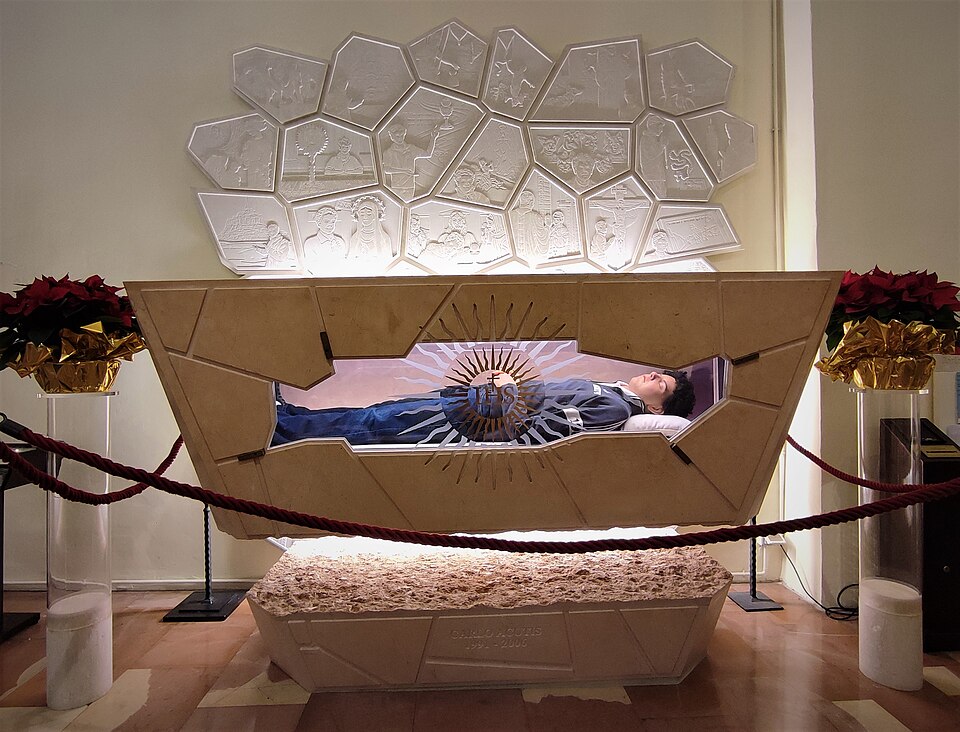 Photo by Dobroš, CC BY-SA 4.0, via wikimedia commons
Photo by Dobroš, CC BY-SA 4.0, via wikimedia commons
Assisi’s earliest cathedral, Santa Maria Maggiore, stands near the old Roman forum, built over the remains of an ancient building known as the House of Propertius. Its simple Romanesque façade features reused bits of an old Roman fountain and a lovely rose window, while layers of history meet inside: framed by fragments of medieval frescoes and ancient columns is the body of Carlo Acutis, known as “God’s influencer” and recently sanctified as the first Millennial Saint. According to accounts of Saint Francis’ life, it was in the square before this church that the saint stripped from his fine clothes and embraced a life of poverty, much to the displeasure of his father and the local priest.
The Piccolino Chapel
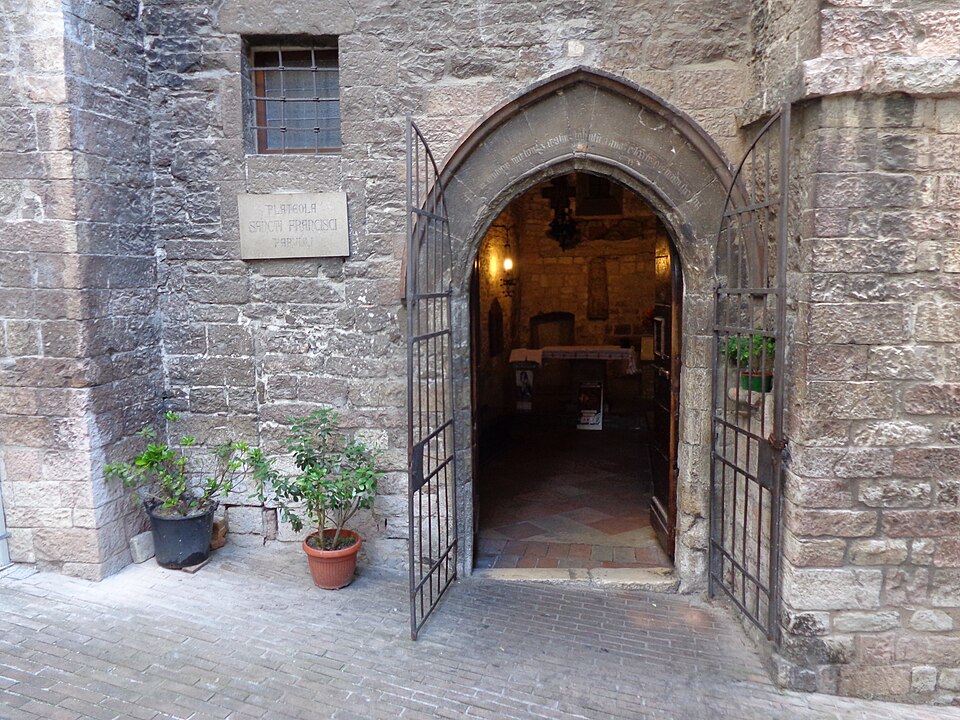 Photo by Superchilum, CC BY-SA 3.0, via wikimedia
Photo by Superchilum, CC BY-SA 3.0, via wikimedia
According to tradition, this tiny oratory marks the birthplace of Saint Francis, the 'Piccolino,' or little one in question. A Latin inscription over the portal sketches the rudiments of the tale: “This oratory was the stable of the ox and ass in which was born Saint Francis, the mirror of the world.” According to medieval spiritual thought, Saint Francis imitated Christ in everything he did, extending to the conditions of his birth. Inside, the vaulted ceiling and simple altar are spartan, consistent with a saint whose grandest calling card was his humility.
Eremo delle Carceri
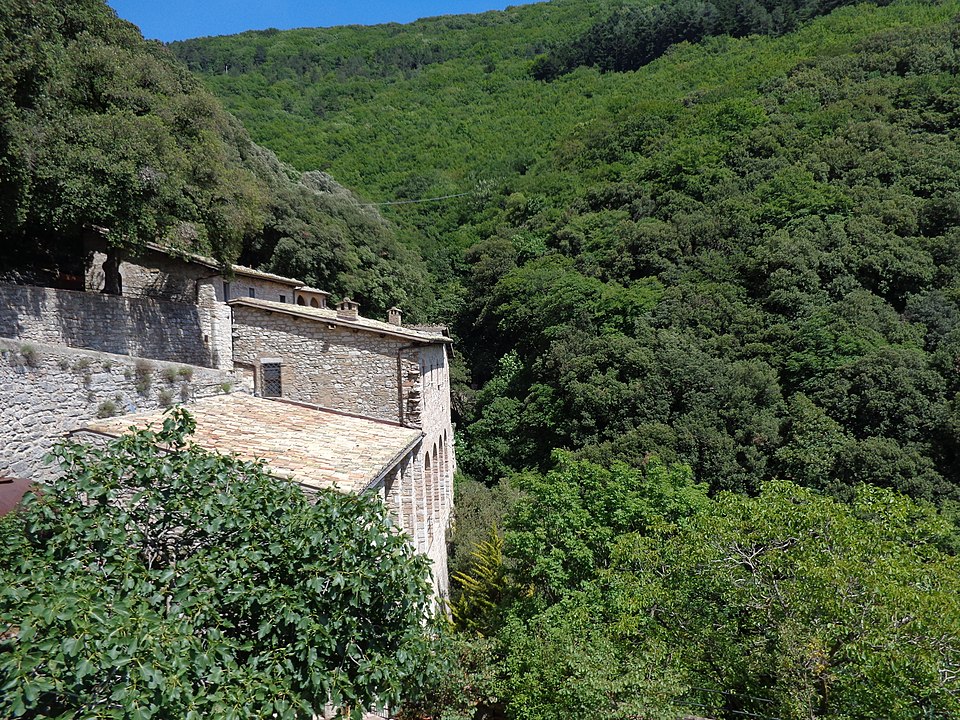 Photo by Superchilum, CC BY-SA 3.0, via wikimedia
Photo by Superchilum, CC BY-SA 3.0, via wikimedia
High in the forested slopes of Mount Subasio, the Eremo delle Carceri feels like a world apart - a hermitage of silence and stone cells where Francis and his companions withdrew to pray in the 13th century. The air is cool and scented with pine, while you’ll hear more birdsong than human speech echoing amidst the trees and rock-hewn chapels - small wonder that Francis felt the hand of god in the natural world here. According to legend, it was by a nearby oak tree that the saint preached to the birds.
After Francis’ death, St Bernardino of Siena built a small monastery here, and friars still inhabit the site today.
Rocca Maggiore
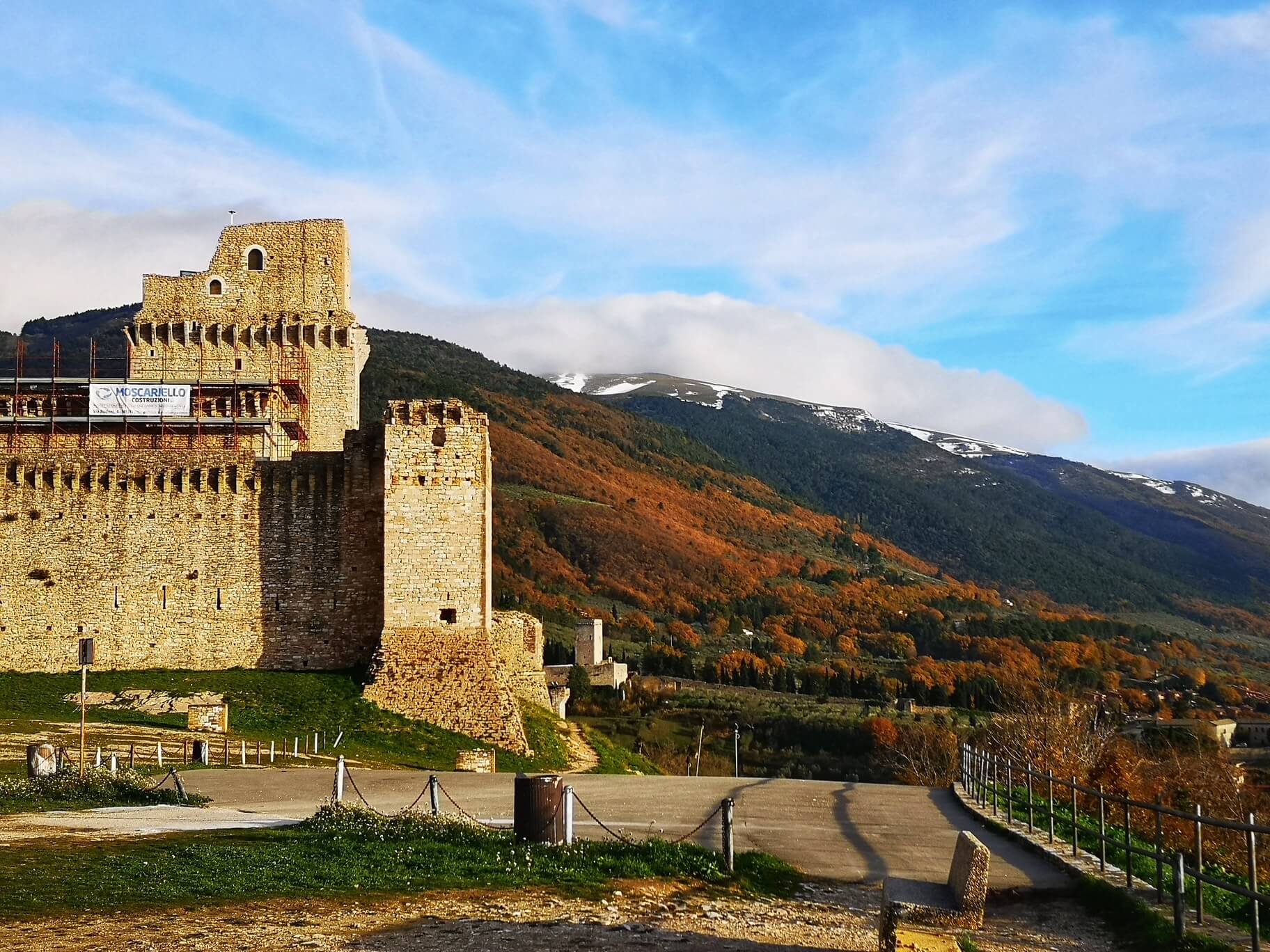
Crowning the ridge above Assisi, the Rocca Maggiore was once the fortress of imperial legates and papal governors. The Holy Roman Emperor Emperor Frederick Barbarossa had imposing fortifications built here in the 12th century, before a citizens' revolt (which included a young Saint Francis) sent the walls tumbling down. The fortress was rebuilt two centuries later under the auspices of the Catholic church hierarchy, which sought to bring the town back under control of the Papal States. Today its massive walls and towers contrast sharply with the town’s serene spirit, yet they form part of the same story: Assisi’s long negotiation between faith and power. From its battlements the views stretch across the Umbrian valley - a landscape that has seen crusades, communes, and saints, all beneath the same enduring sky.
The Bosco di San Francesco
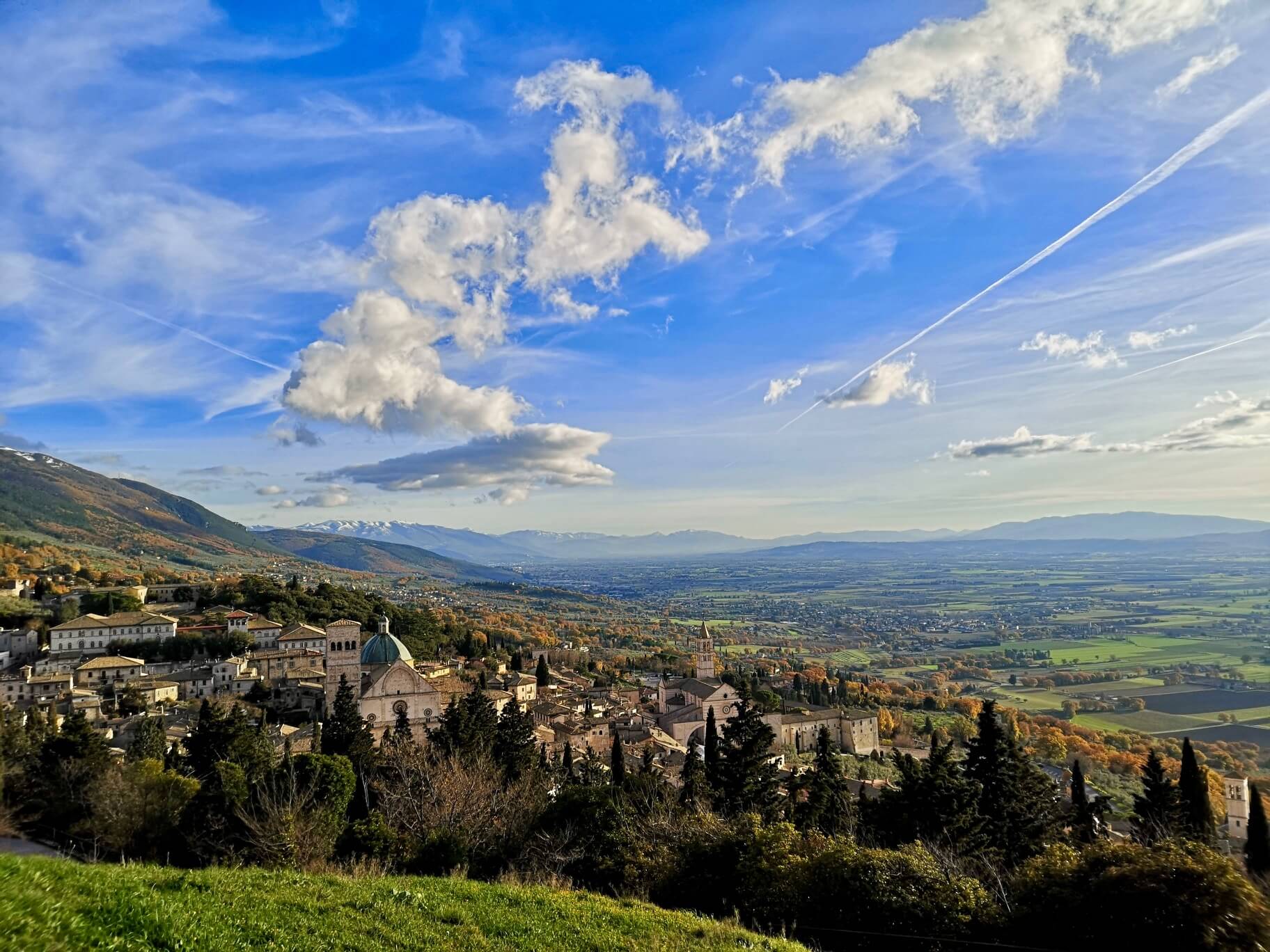
Descending from the Basilica into the valley, the Bosco di San Francesco unfolds as a living sanctuary. Once Franciscan farmland, it is now a protected woodland of olive trees, oaks, and streams - the perfect place to walk, breathe, and rediscover the stillness that shaped Francis’s vision of harmony with nature. At its heart lies a simple chapel and a modern land art installation by the renowned Italian conceptual artist Michelangelo Pistoletto. The forest remains, as ever, Assisi’s truest mirror.
We hope you enjoyed our guide to what to see in Assisi! For 25 years, Through Eternity have been organizing itineraries showcasing the best of Italy led by our resident expert guides. If you're planning a visit this year, be sure to get in touch to help plan your perfect trip!
MORE GREAT CONTENT FROM THE BLOG:
- The Best Towns in Umbria
- Everything you Need to Know About Visiting Rome
- Florence: Everything You Need to Visit in 2025
- How to visit the Colosseum in 2025: Tickets, Hours, and More
- 7 Things you Need to Know About the Trevi Fountain
- Visiting the Vatican Museums and St. Peter's Basilica: The Complete Guide
- 9 Things You Need to Know About the Pantheon in Rome
- 5 Reasons to Explore Italy with Through Eternity
- The Best Catacombs to Visit in Rome
